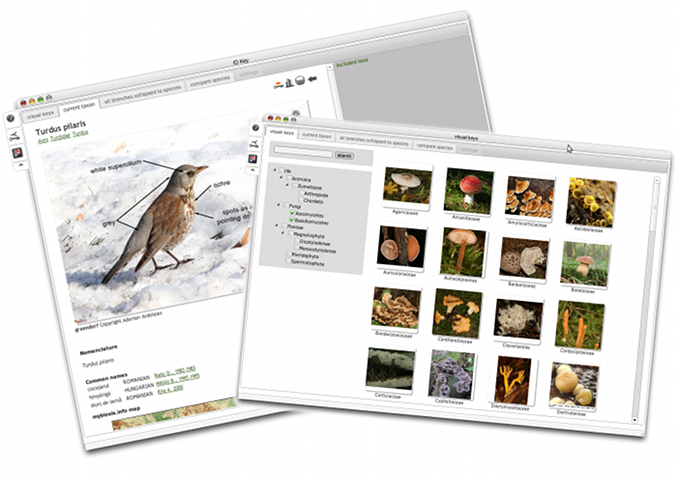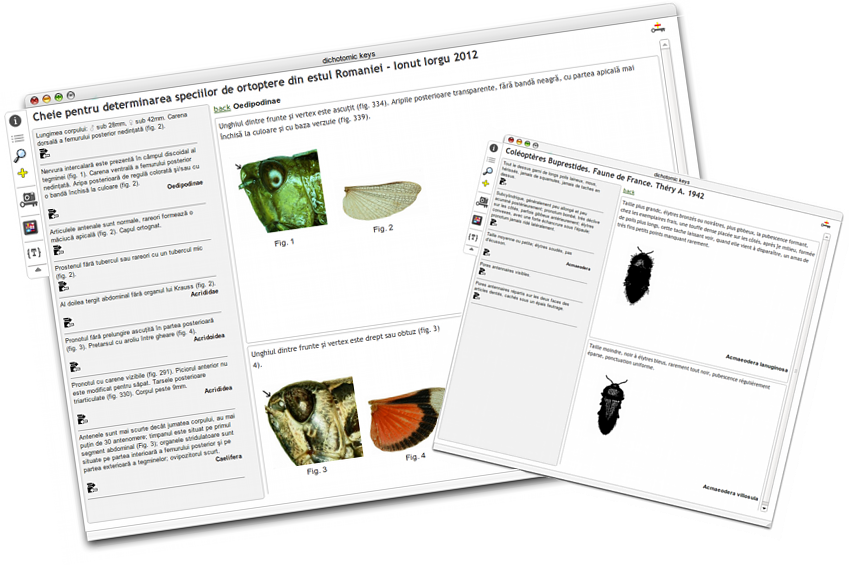We build identification tools!
Organism identification keys are invaluable tools used by scientists, researchers, and enthusiasts to classify and identify various species. These keys provide a systematic approach to narrowing down the possibilities and arriving at the correct identification. Two popular types of identification keys are visual keys and dichotomous keys.
Read our storyVisual keys rely on visual cues such as color, shape, or pattern to guide users towards the correct identification. These keys are particularly useful for beginners or those without extensive taxonomic knowledge, as they provide a more intuitive and visually guided experience. On the other hand, dichotomous keys are structured as a series of paired choices, where each choice leads to further options until the correct identification is reached. These keys are based on binary decisions, often focusing on morphological characteristics or observable traits. Both visual and dichotomous keys serve as valuable resources in various fields, including biology, ecology, and conservation. They enable researchers to identify species accurately, contribute to biodiversity assessments, and aid in ecological studies. With advancements in technology, electronic versions of these keys have become more prevalent, allowing for interactive and user-friendly identification experiences. Whether it's exploring the diversity of plants, animals, or microorganisms, identification keys are essential tools that open doors to understanding and appreciating the natural world around us.
Visual Keys
Discover a wealth of illustrated species from the Flora and Fauna of Romania on mybiosis.info, a resource that transcends geographical boundaries. In the near future, we plan to expand our repertoire to include keys for organisms not only from this country, but also from across Europe. Unlock the power of visual keys on mybiosis.info for effortless identification of plants, animals, and mushrooms. These keys are designed to assist professionals, biologists, and nature enthusiasts alike. At the core of mybiosis.info's visual keys lies a simple yet powerful concept: each species is meticulously illustrated through one or multiple images, capturing distinctive morphological traits essential for identification. Accompanying these images are concise descriptions highlighting key characteristics that differentiate the species from others. Additional information such as nomenclature, common names, literature references, and distribution maps may also be provided. In cases where an organism is part of a dichotomous key, the information from that key is seamlessly integrated into the organism's visual key page.
Dichotomous Keys
The mybiOSis platform provides a range of specialized resources for executing and constructing dichotomous identification keys. These keys, also known as analytical or pathway keys, are designed with a predetermined sequence and structure of identification steps set by the key's author. At each stage of the decision-making process, multiple alternatives are presented, leading to either a conclusive result or an additional choice. Currently, this type of identification key is widely prevalent in taxonomic scientific literature.